Storage Options Explained
When configuring your Broadberry server or storage solution you have a variety of storage options to choose from. Here’s a guide on the different options available to you and which one best fits your needs and requirements.
Different storage storage protocols offer different advantages and one may be more useful than the other in certain situations. Below you can find detailed information on the capabilities of each storage protocol and how they can best benefit your business.













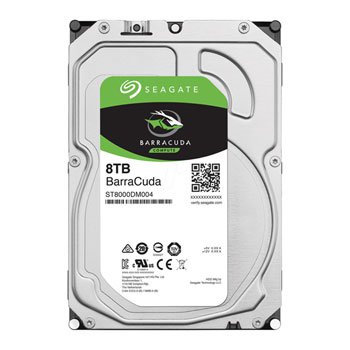
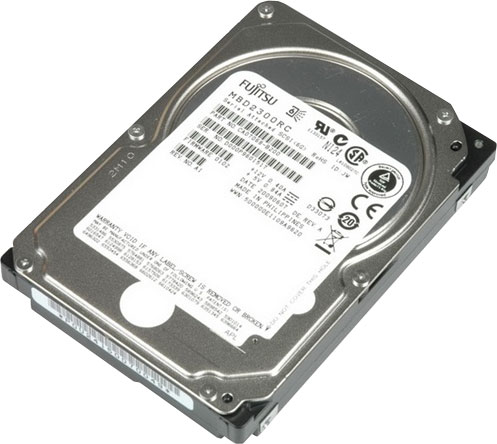

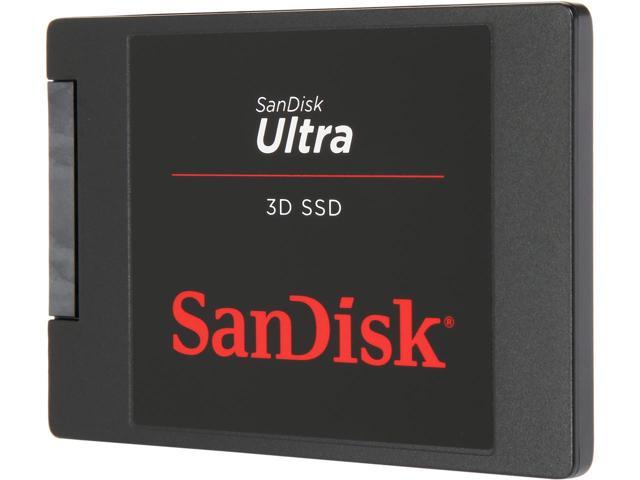
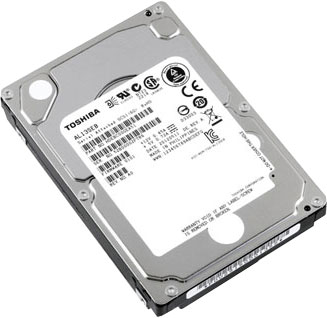

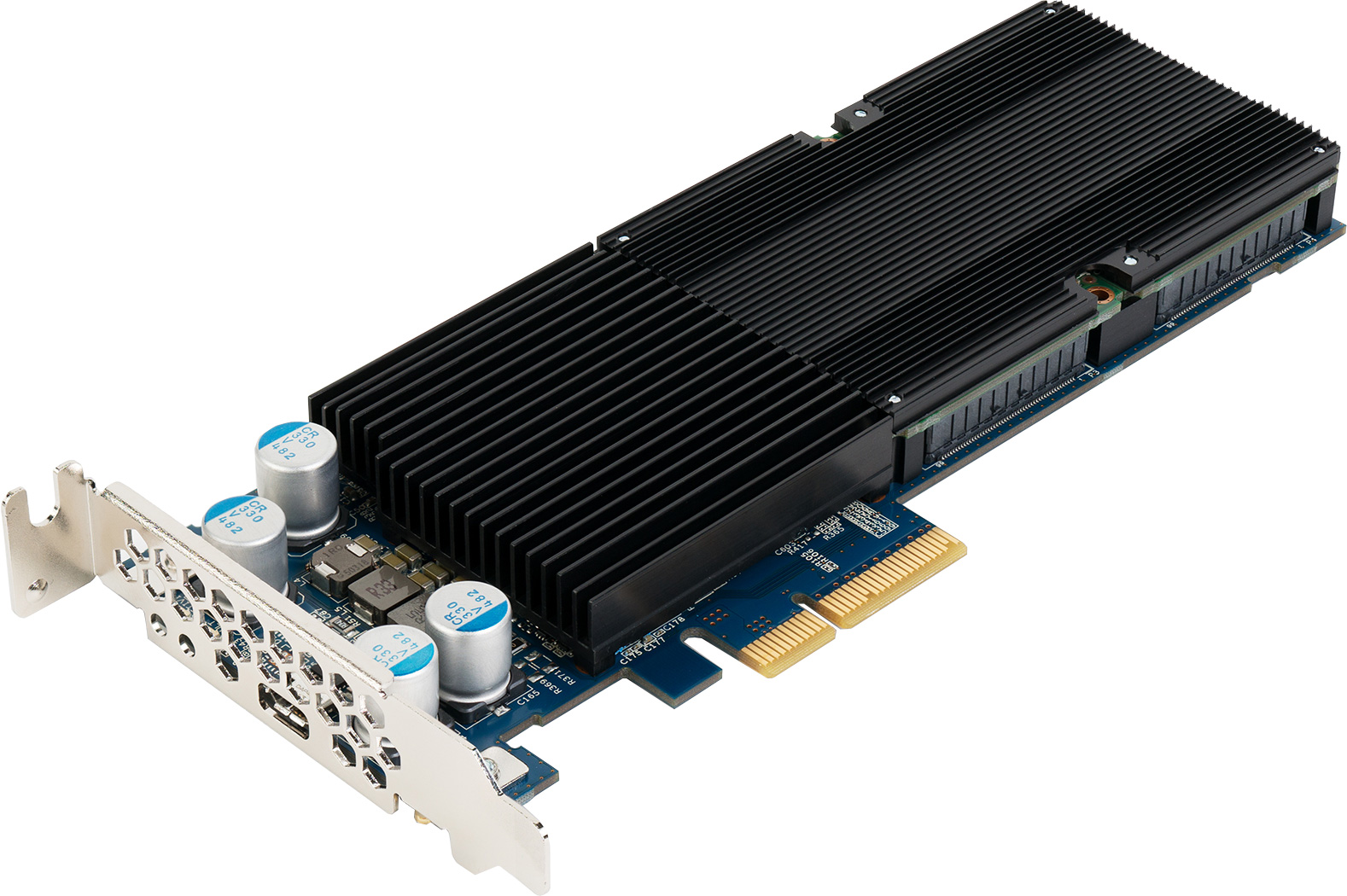
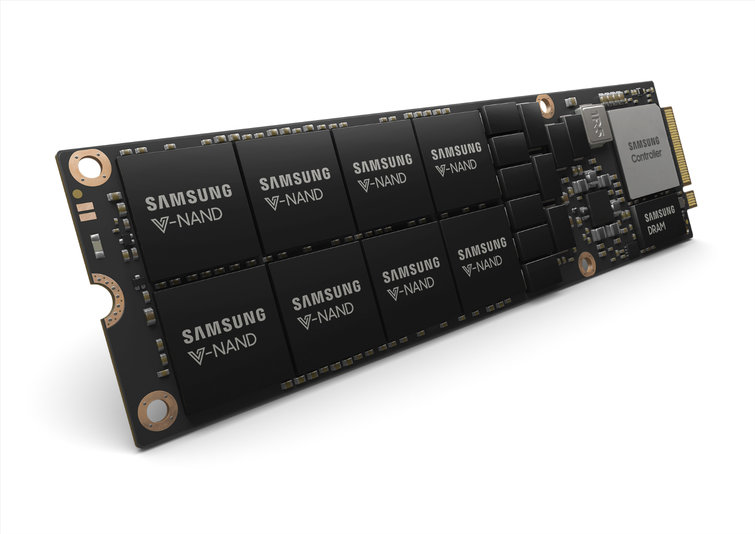
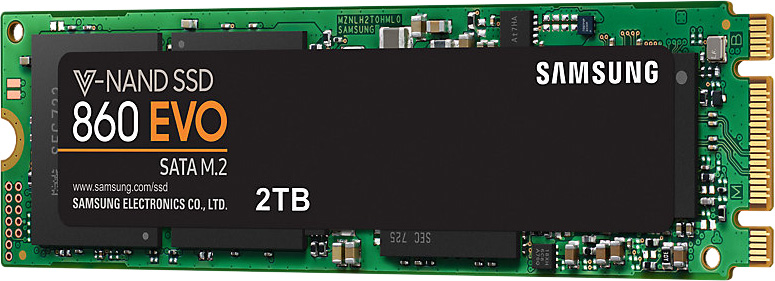


 Our Rigorous Testing
Our Rigorous Testing Un-Equaled Flexibility
Un-Equaled Flexibility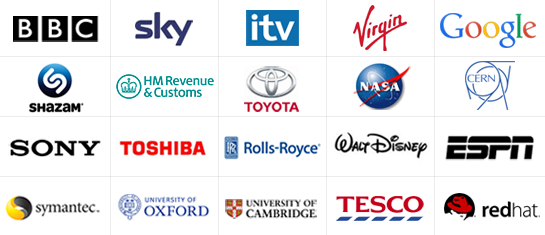


 Call Our UK Sales Team Now
Call Our UK Sales Team Now